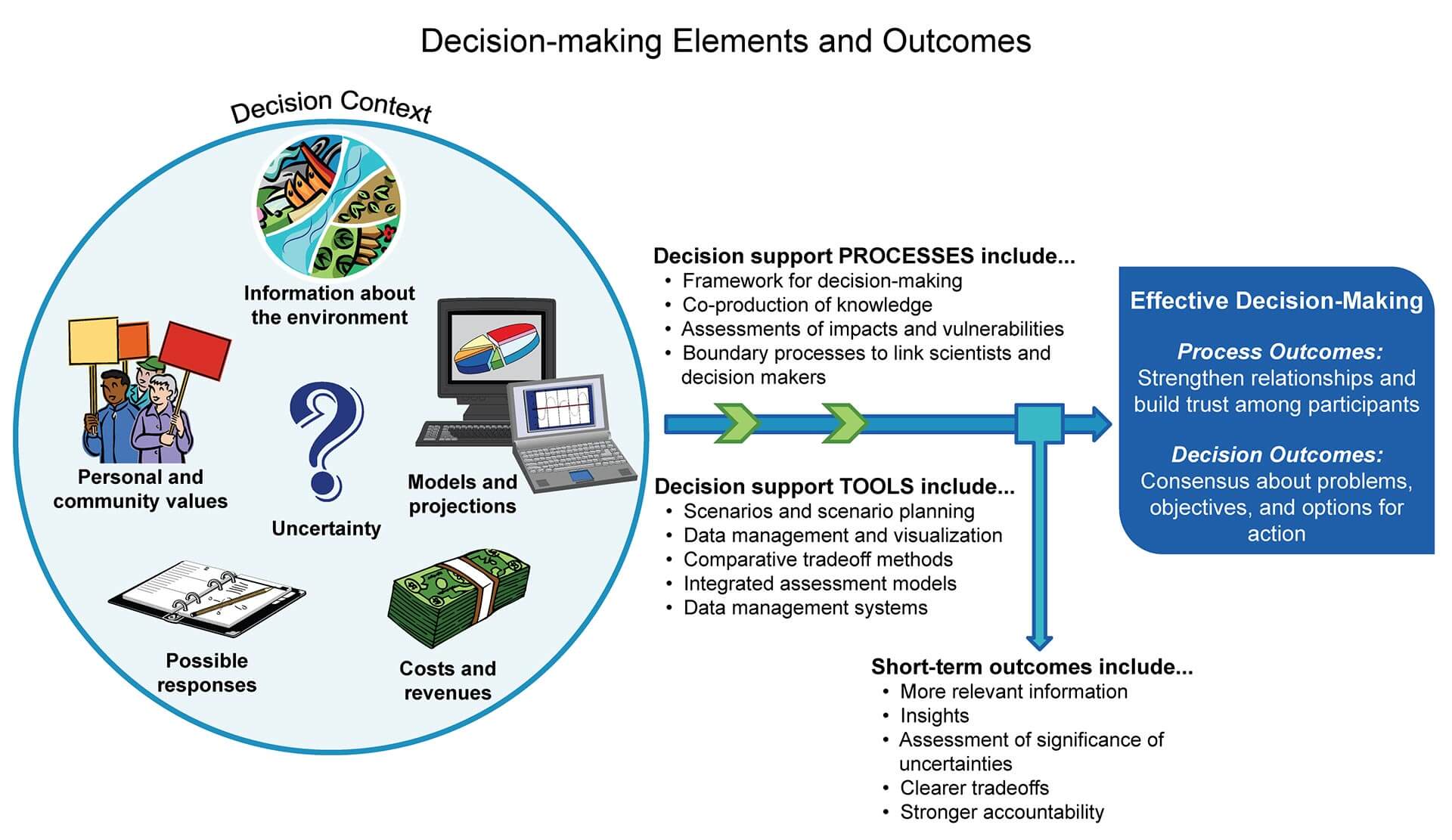
How Business Intelligence Software Supports Fast Decision-Making
In today’s fast-paced and competitive business environment, making quick and informed decisions is crucial for organizations to stay ahead of the curve. The ability to analyze large amounts of data, identify trends, and make data-driven decisions is a key factor in determining a company’s success. This is where Business Intelligence (BI) software comes into play. BI software is designed to support fast decision-making by providing users with real-time insights, advanced analytics, and data visualization capabilities. In this article, we will explore how BI software supports fast decision-making and the benefits it can bring to an organization.
What is Business Intelligence Software?
Business Intelligence software is a set of tools and technologies that enable organizations to transform raw data into meaningful and actionable insights. BI software combines data from various sources, such as databases, spreadsheets, and external data sources, to create a unified view of an organization’s performance. This allows users to analyze data, identify trends, and make informed decisions. BI software typically includes features such as data visualization, reporting, data mining, and predictive analytics.
How Does BI Software Support Fast Decision-Making?
BI software supports fast decision-making in several ways:
- Real-time Insights: BI software provides real-time insights into an organization’s performance, allowing users to respond quickly to changes in the market or business environment. With real-time data, users can identify trends, opportunities, and threats, and make decisions accordingly.
- Advanced Analytics: BI software includes advanced analytics capabilities, such as predictive analytics, statistical analysis, and data mining. These tools enable users to analyze large amounts of data, identify patterns, and make predictions about future trends.
- Data Visualization: BI software provides data visualization capabilities, such as charts, graphs, and dashboards, to help users understand complex data. Data visualization makes it easier to identify trends, patterns, and correlations, and to communicate findings to others.
- Automated Reporting: BI software automates the reporting process, freeing up users to focus on analysis and decision-making. Automated reporting also ensures that reports are consistent, accurate, and up-to-date.
- Collaboration: BI software enables collaboration among teams and stakeholders, allowing users to share insights, reports, and data. This facilitates communication, ensures that everyone is on the same page, and enables faster decision-making.
Benefits of Using BI Software for Fast Decision-Making
The benefits of using BI software for fast decision-making are numerous:
- Improved Decision-Making: BI software provides users with accurate, up-to-date, and comprehensive data, enabling them to make informed decisions.
- Increased Efficiency: BI software automates many tasks, such as reporting and data analysis, freeing up users to focus on higher-value activities.
- Enhanced Collaboration: BI software facilitates collaboration among teams and stakeholders, ensuring that everyone is on the same page and working towards common goals.
- Competitive Advantage: Organizations that use BI software can respond quickly to changes in the market or business environment, gaining a competitive advantage over those that do not.
- Cost Savings: BI software can help organizations reduce costs by identifying areas of inefficiency, optimizing processes, and streamlining operations.
Best Practices for Implementing BI Software
To get the most out of BI software, organizations should follow these best practices:
- Define Clear Goals and Objectives: Define clear goals and objectives for the BI software implementation, such as improving decision-making or increasing efficiency.
- Choose the Right Software: Choose a BI software that meets the organization’s needs and is easy to use.
- Prepare Data: Prepare data for analysis by ensuring it is accurate, complete, and consistent.
- Provide Training: Provide training and support to users to ensure they can effectively use the BI software.
- Monitor and Evaluate: Monitor and evaluate the effectiveness of the BI software implementation and make adjustments as needed.
Case Studies
Several organizations have successfully implemented BI software to support fast decision-making. For example:
- Walmart: Walmart uses BI software to analyze sales data, customer behavior, and supply chain operations. This enables the company to make informed decisions about inventory management, pricing, and marketing.
- Amazon: Amazon uses BI software to analyze customer behavior, sales data, and supply chain operations. This enables the company to make informed decisions about product offerings, pricing, and inventory management.
- Coca-Cola: Coca-Cola uses BI software to analyze sales data, customer behavior, and market trends. This enables the company to make informed decisions about product offerings, marketing, and distribution.
Conclusion
Business Intelligence software is a powerful tool that supports fast decision-making by providing users with real-time insights, advanced analytics, and data visualization capabilities. By following best practices for implementation and using BI software effectively, organizations can improve decision-making, increase efficiency, and gain a competitive advantage. As the business environment continues to evolve, the use of BI software will become increasingly important for organizations that want to stay ahead of the curve. With the right BI software and a well-planned implementation strategy, organizations can unlock the full potential of their data and make informed decisions that drive business success.
Recommendations
Based on the benefits and best practices outlined in this article, we recommend that organizations consider implementing BI software to support fast decision-making. We also recommend that organizations:
- Conduct a thorough needs assessment: Conduct a thorough needs assessment to determine the organization’s requirements for BI software.
- Choose a user-friendly software: Choose a user-friendly BI software that meets the organization’s needs and is easy to use.
- Provide ongoing training and support: Provide ongoing training and support to users to ensure they can effectively use the BI software.
- Monitor and evaluate: Monitor and evaluate the effectiveness of the BI software implementation and make adjustments as needed.
By following these recommendations and implementing BI software effectively, organizations can unlock the full potential of their data and make informed decisions that drive business success.
Closure
Thus, we hope this article has provided valuable insights into How Business Intelligence Software Supports Fast Decision-Making. We thank you for taking the time to read this article. See you in our next article!


